Recently I posted video of my 1979 Heathkit Digital Dice Tower to a group of fellow tabletop RPG gamers on another social media site. Someone replied to the posting, "My blind wife would love this. A real shame they don't make anything like this more compact."
I had already thought of building a voice only version without the display. I was impressed with the quality of the voice that my Heathkit dice tower produced. But, I hadn't considered how much someone who is visually impaired would really appreciate something that generates randomized dice results and reports the results audibly. I was immediately inspired and committed to building an audible dice tower for a fellow D&D'er.
So, I re-thought the requirements of the original digital dice towers and came up with this list.
- Visual display not required
- Must provide audible output of the "dice roll" results
- The interface should be simple to use with decent tactile and possibly audible feedback
- The device should be battery powered. Plug in cords are cumbersome
- The case should be easy to transport or hold and shouldn't have sharp edges or corners common with sheet metal enclosures
- Could be handheld or tabletop depending on user preference
- Tabletop model should minimize footprint
- Handheld model should be easy to hold in one hand and operate with the other
- It must be cool. If you play D&D or other tabletop RPG's, you'll know that everyone loves to have their own unique dice. There's a number of companies and individuals making all kinds of colorful dice. The options are colorful, unique, elegant, classic, brilliant, shiny, and/or sparkly. This should be no different
This project documents my first effort to make an audible only dice tower. For this one, I decided on a tabletop design. For cool factor, it re-uses the case from a 60's-70's Sears Silvertone radio.
It will re-use a simple interface I built in a previous project not documented here on Hackaday. A single 5 way "joystick like" switch is used for all input. Pushing left-right on the stick will select the dice type. Pushing forward-back on the stick will select the dice count. And, pressing straight down on the stick will roll the dice and report the result.
Here's a video of it in action as it exists today.
It's time to start building, look for my update logs in the near future...
 John Anderson
John Anderson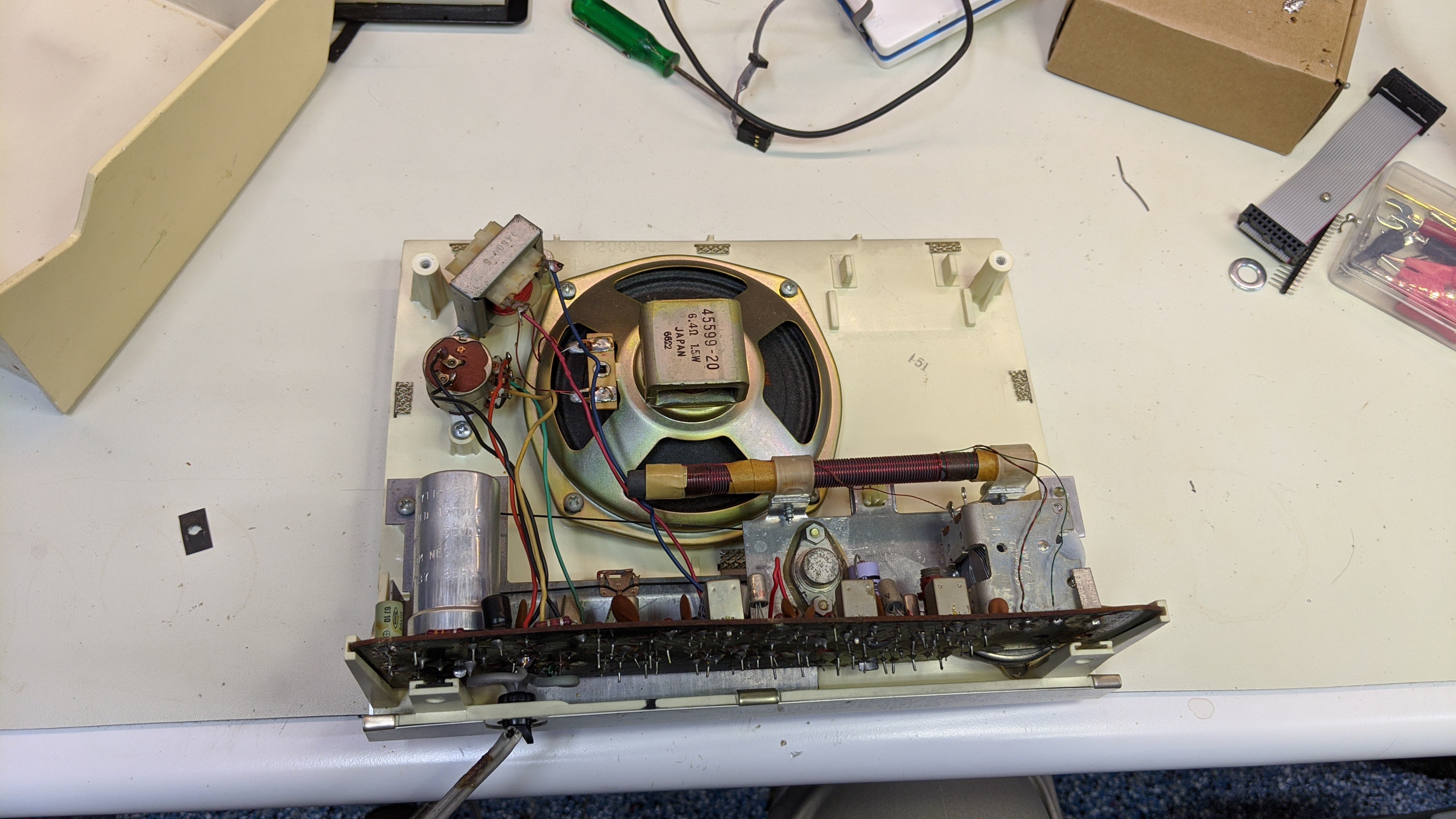
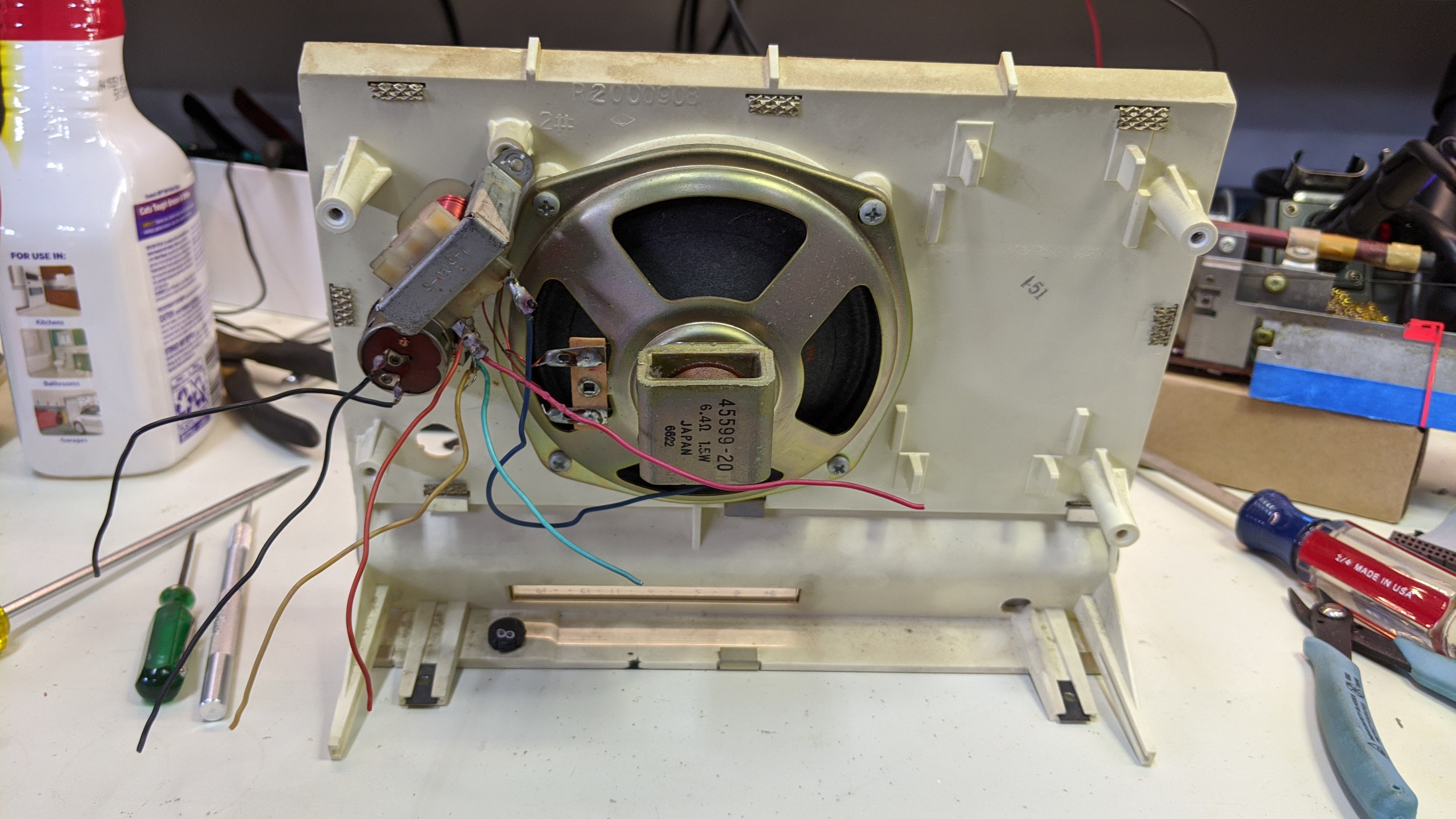
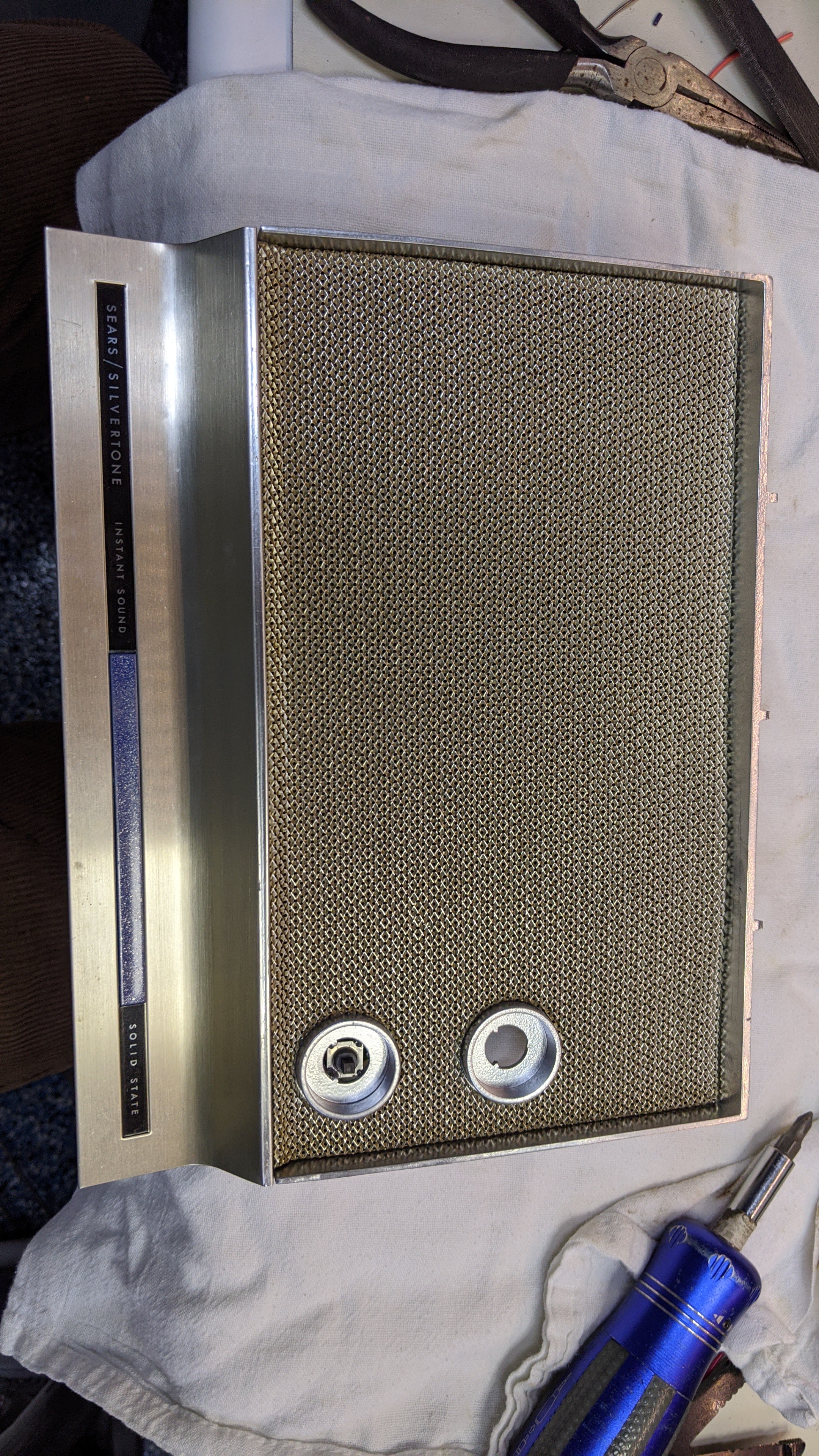
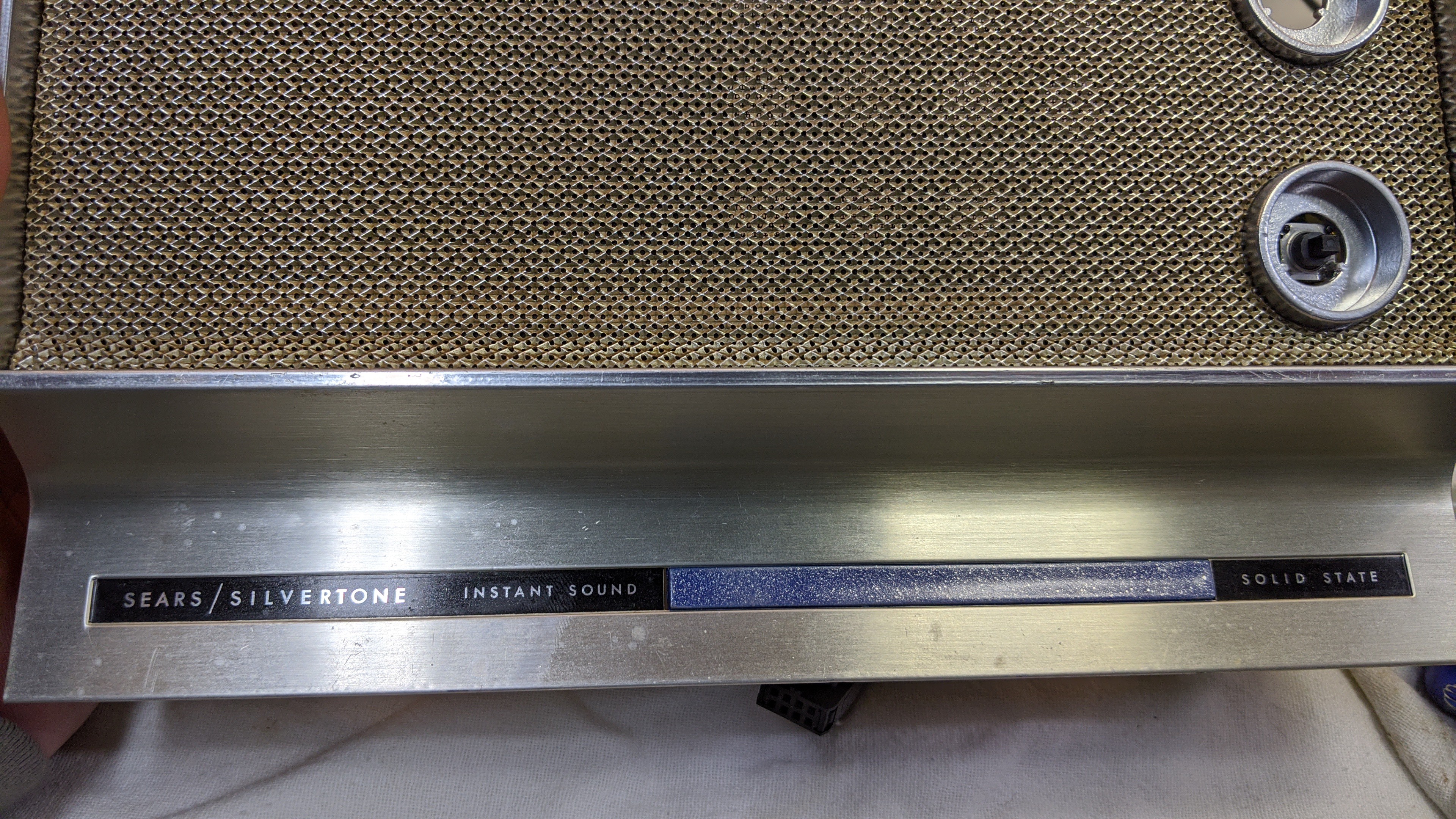
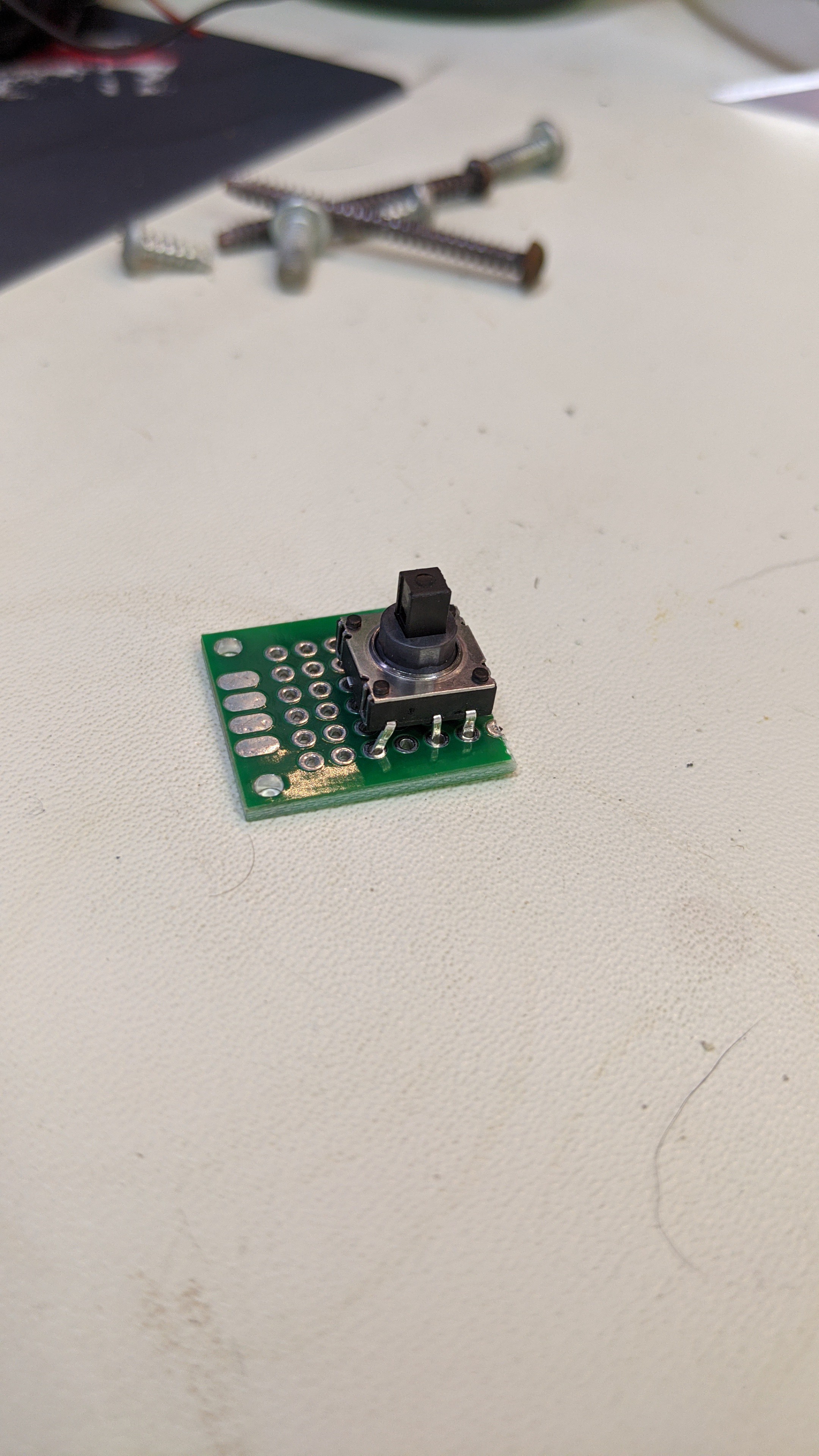
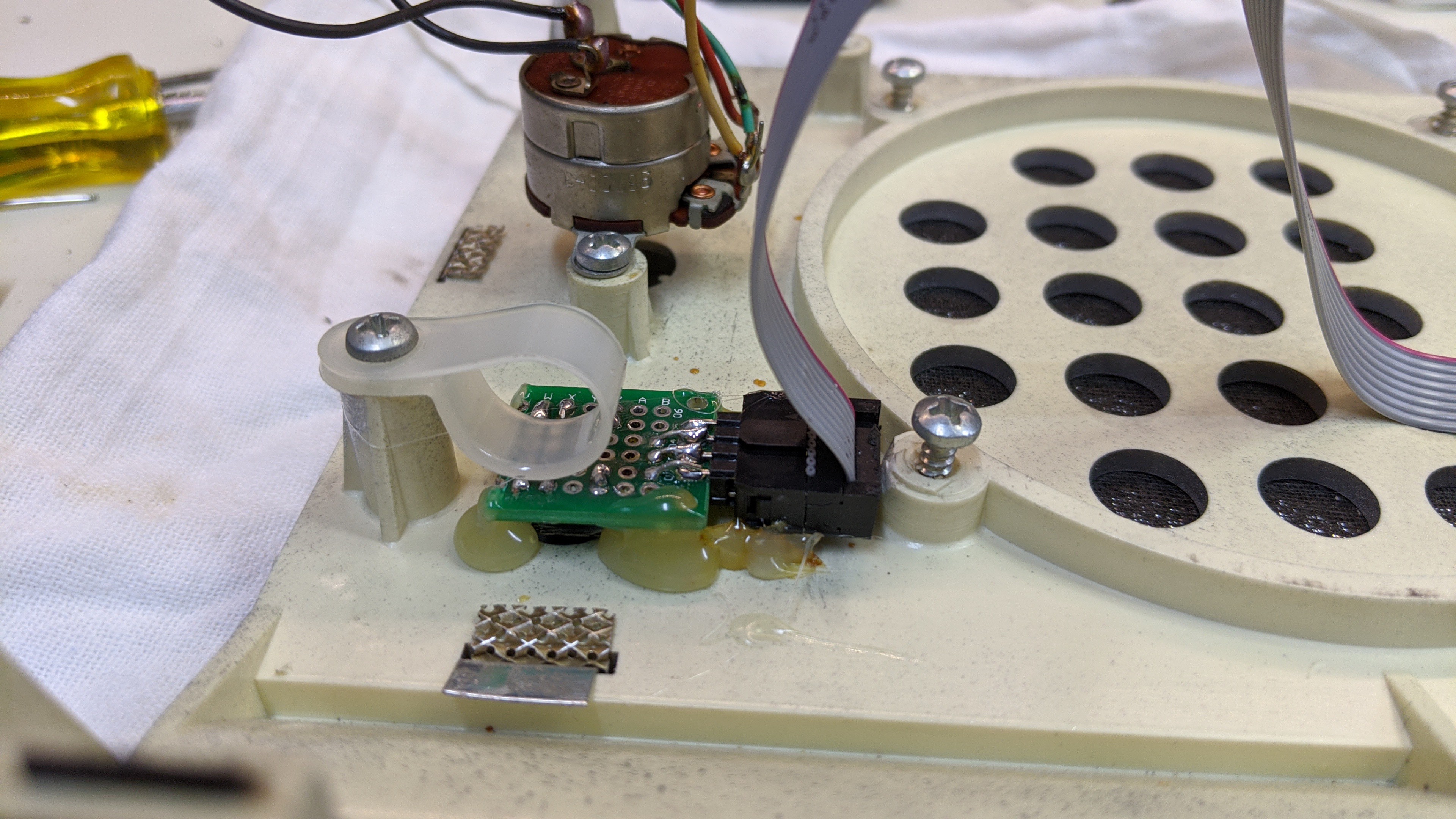
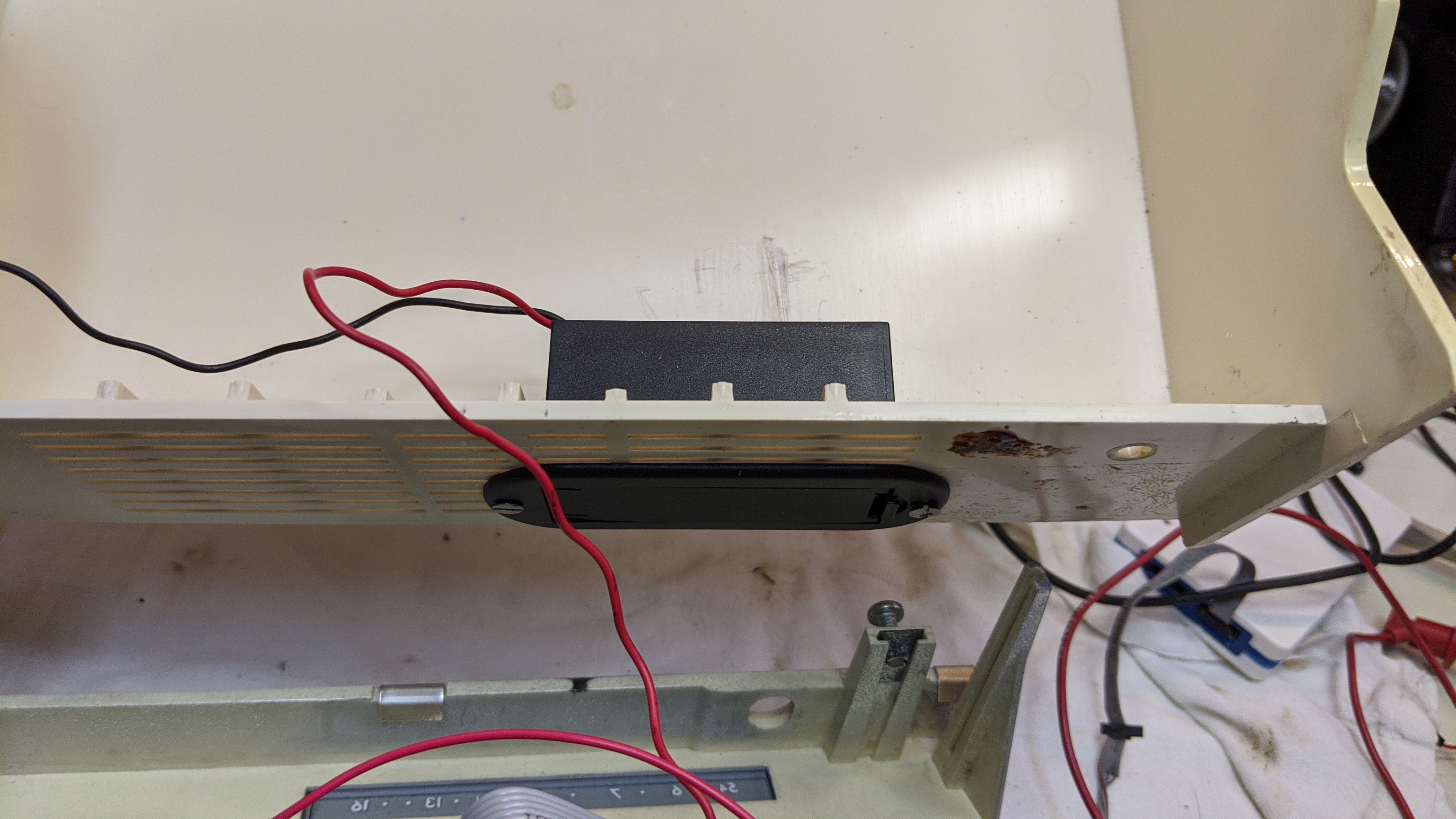
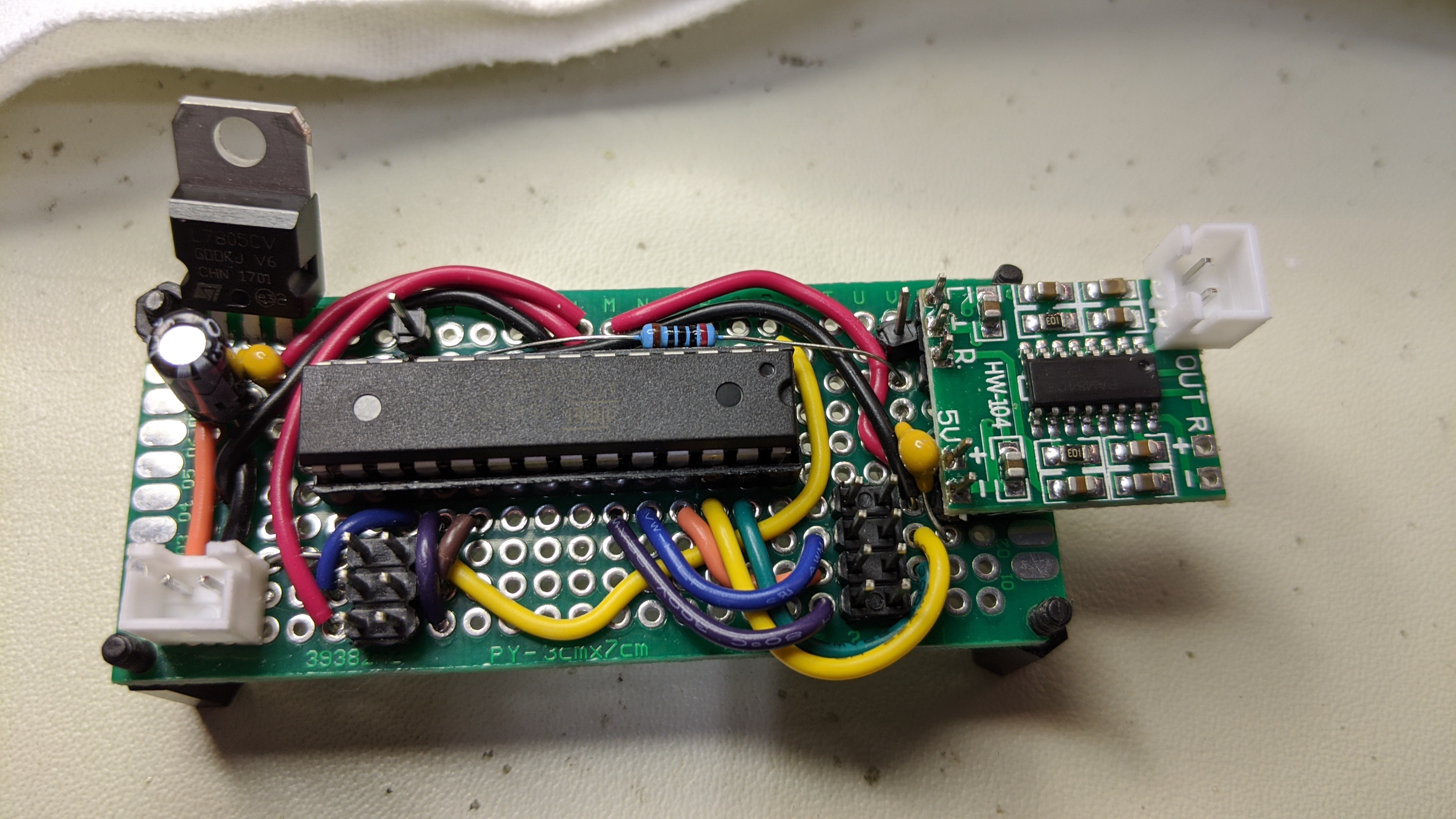
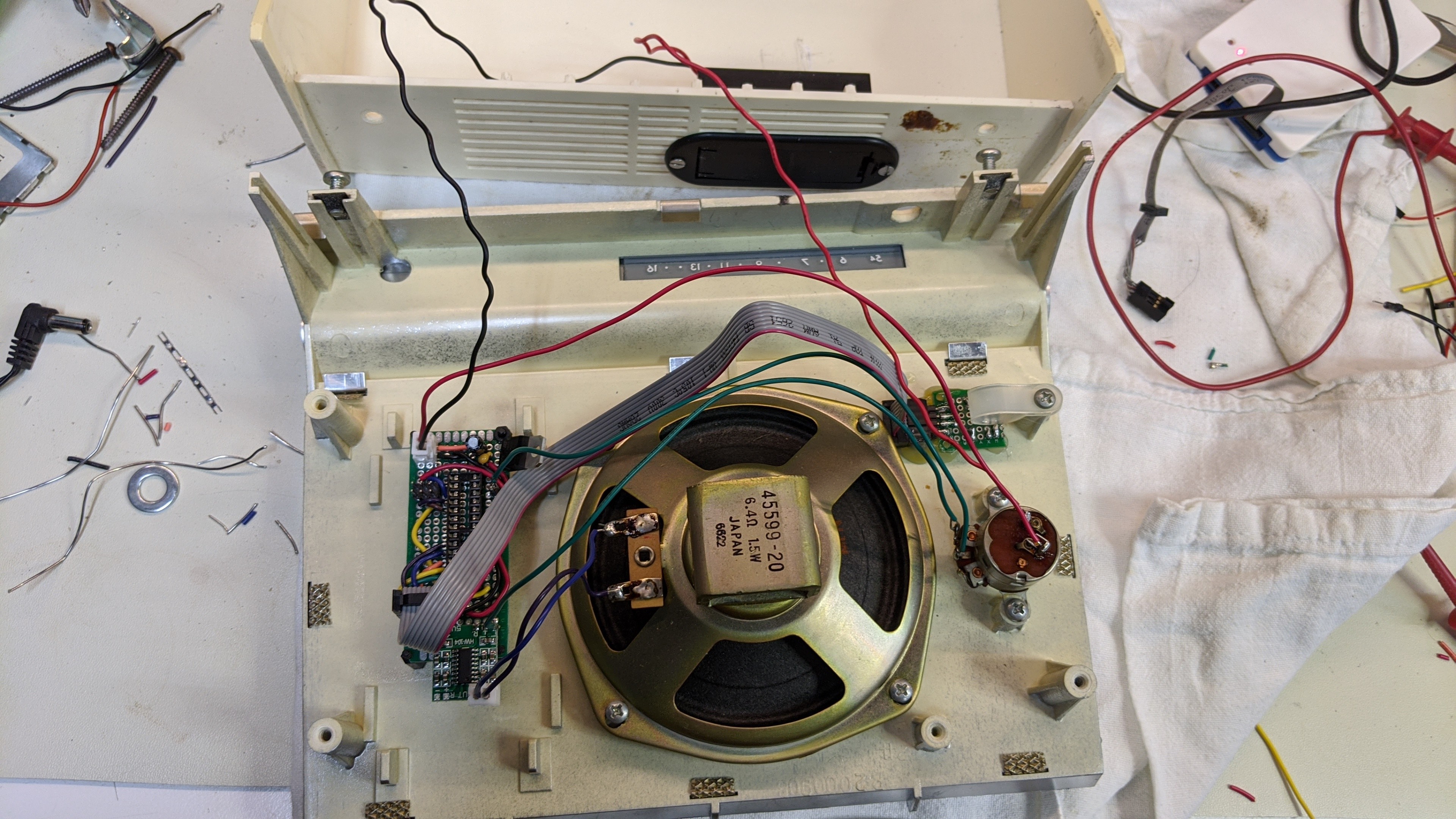



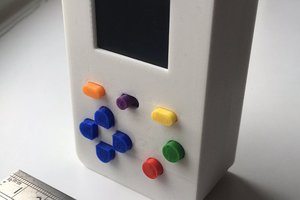
 David Boucher
David Boucher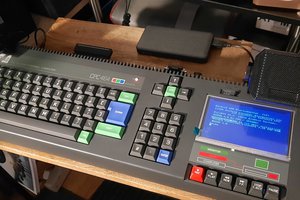
 Michael Wessel
Michael Wessel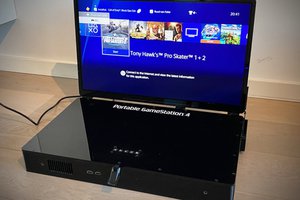
 Ruud van Falier
Ruud van Falier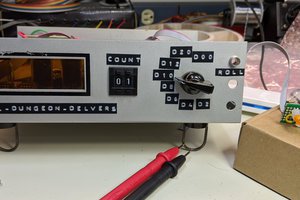
I like that radio. Given the styles in the era, I wonder if the color of the case is intentional, or if that's the "yellowing plastic" problem. If so, maybe Retrobright would help. Not that it needs it, of course - looks fine the way it is. Just curious.
Nice job, and great backstory.